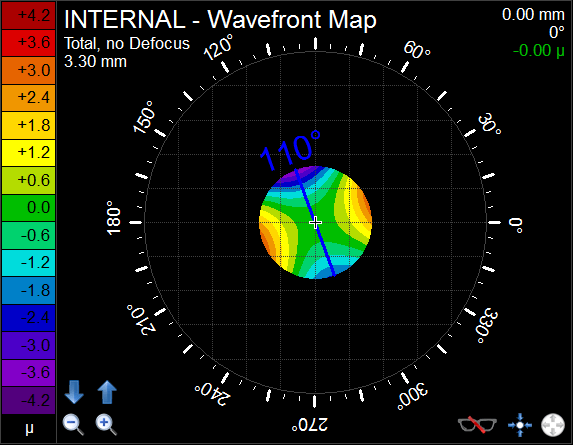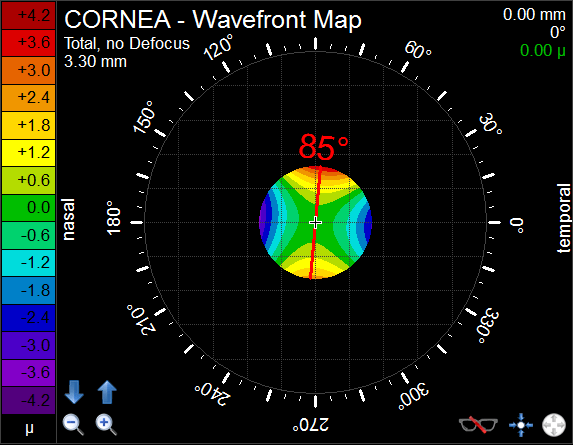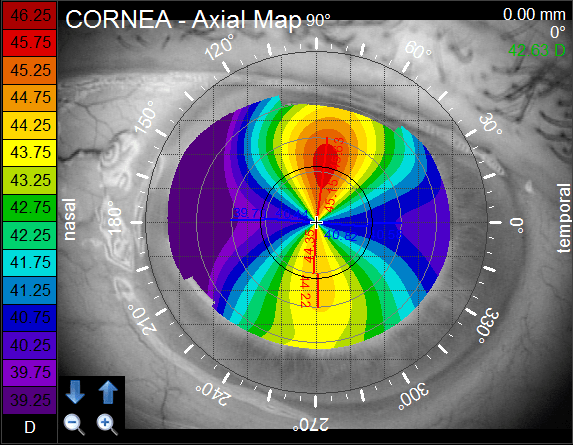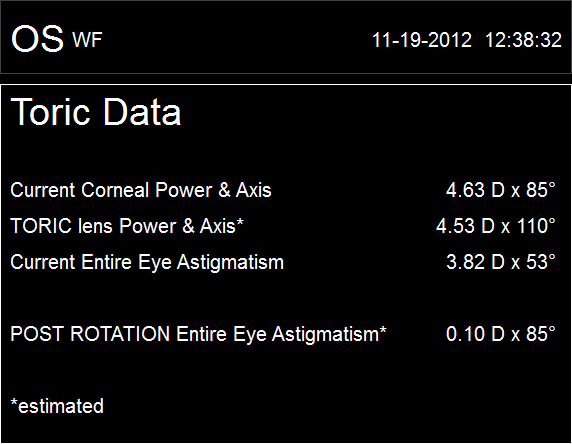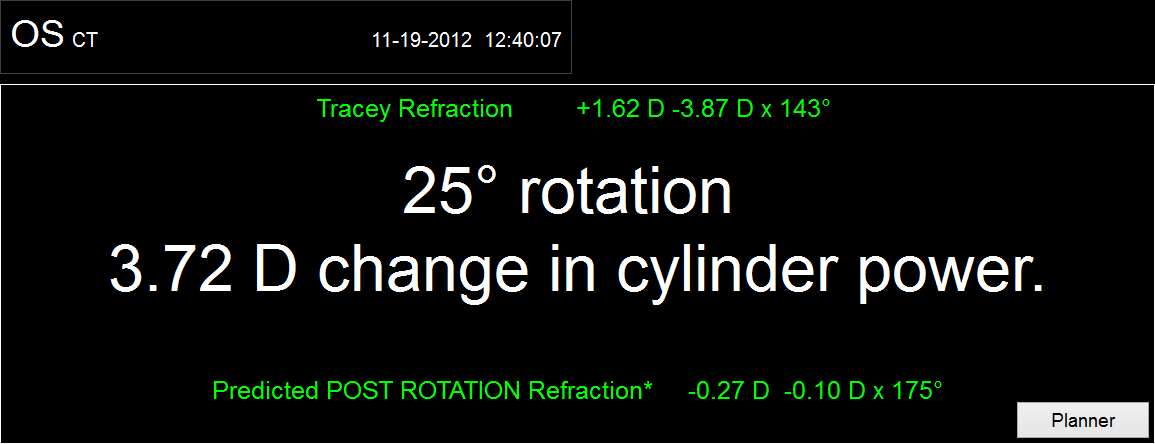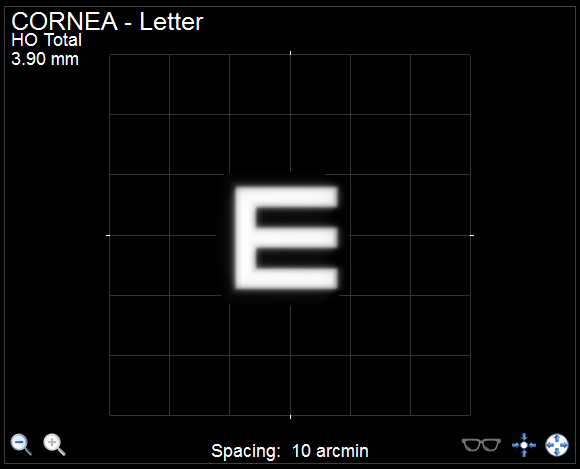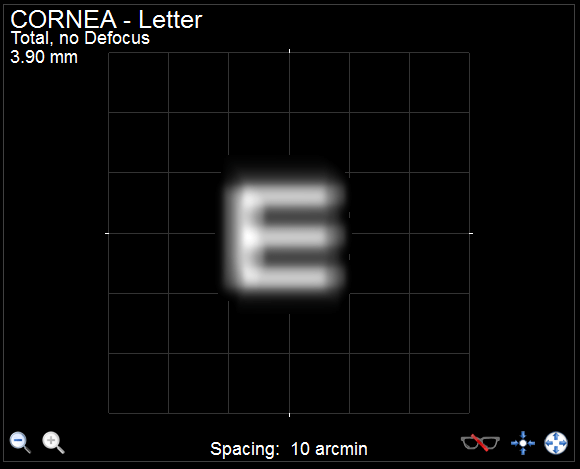Better Information, Better Outcomes
The iTrace Visual Analyzer is a first-of-its-kind tool that equips doctors to make the best decisions about correcting their patients’ vision.
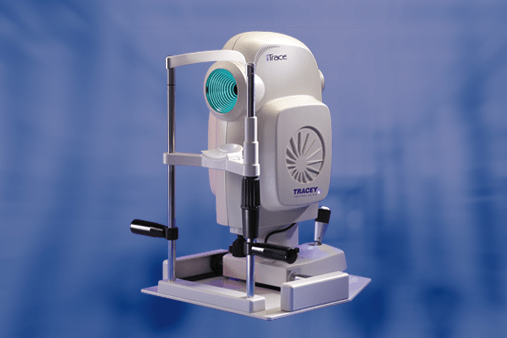
How the iTrace Benefits Doctors
What if you could install a single tool in your practice and get a complete, clear look at exactly how a patient sees the world? That’s what the iTrace was designed to do.
It’s a 5-in-1 tool that you can use in an exam and as part of the process of cataract surgery to make sure the decisions you make in your practice are in line with your patients’ best interests. Essentially, the iTrace takes all the guesswork out of visual analysis.


How the iTrace Benefits Patients
When patients see that their doctors are using the latest technology the industry has to offer, they’ll be more comfortable. They’ll notice that you’re taking the time to truly understand how they’re seeing the world around them, and they’ll appreciate the level of personal care they receive.
And, when you use the information provided by the iTrace, they’ll be thrilled with the results of their vision correction.
Improving the Patient Experience
Almost everything you do in your practice is done to provide patients with the best outcomes possible. The iTrace was developed to support doctors with diagnosis and surgical correction of vision, delivering the tools they need to create a superior patient experience.
Using a series of calculations, the iTrace clearly illustrates how a patient’s vision quality is broken down between the cornea and the lens. This enables you to track vision loss over time and make an informed decision when surgical correction is necessary.








